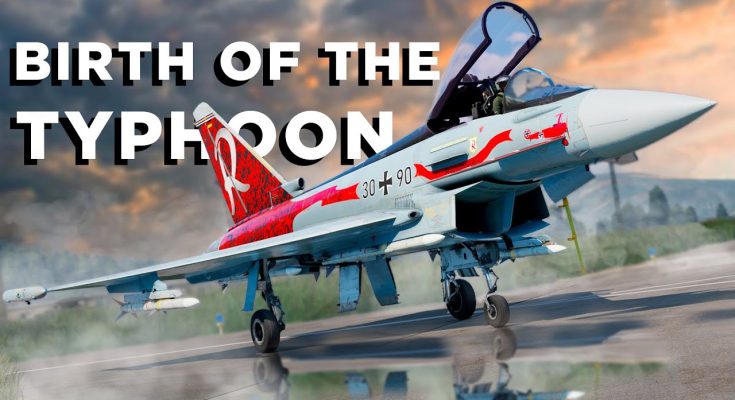The birth of a typhoon is a fascinating and powerful process that begins with a complex interaction of atmospheric and oceanic conditions. Typhoons, known as tropical cyclones in other regions, form in tropical and subtropical regions of the Pacific Ocean and are characterized by strong winds, heavy rainfall, and the potential for widespread destruction. The process by which a typhoon is born involves several critical steps:
1. Warm Ocean Waters:
The first essential ingredient for the birth of a typhoon is warm ocean water. When sea surface temperatures rise above 26.5°C (around 79.7°F), the surface of the ocean provides the necessary heat and moisture to fuel a developing storm. This warm water causes the air above it to warm up, becoming more buoyant and rising into the atmosphere. As the warm air rises, it creates a low-pressure area at the surface.
2. Atmospheric Disturbance:
For a typhoon to form, there needs to be an existing disturbance in the atmosphere, such as a tropical wave or low-pressure area. This disturbance initiates the upward movement of warm, moist air, creating a convection process. The rising warm air is replaced by cooler air from the surrounding areas, which then heats up and rises again, creating a cycle.
3. The Role of Coriolis Force:
As the rising warm air moves away from the surface, the Earth’s rotation causes the winds to start rotating, a process influenced by the Coriolis effect. The Coriolis effect is responsible for the rotation of storms and causes the air to spiral around the low-pressure center. This rotation is crucial for the development of a cyclonic system.
4. Formation of the Cyclone:
As the system continues to gain strength, the low-pressure center at the surface deepens, and the surrounding winds pick up. The increased rotation leads to the formation of a well-defined center, called the “eye” of the storm, which is calm and clear. Surrounding this calm eye is the “eyewall,” a ring of intense thunderstorms with the most severe winds and rainfall. The rising warm air continues to feed the storm, while the surrounding cooler air is drawn in.
5. Intensification:
As the storm develops, the pressure at the center continues to drop, and the winds increase. This intensification is a result of the storm’s continuous drawing in of warm, moist air from the ocean, which keeps feeding its energy. The stronger the pressure difference between the center of the storm and the surrounding atmosphere, the more powerful the winds become. Once wind speeds exceed 74 miles per hour (119 km/h), the system is classified as a typhoon.
6. Mature Typhoon:
At its peak, a typhoon can span hundreds of miles and can sustain its strength for days or even weeks, depending on the conditions. The storm can move across vast areas, bringing intense rainfall, high winds, and storm surges. A typhoon can cause catastrophic damage, including flooding, destruction of infrastructure, and loss of life, particularly when it makes landfall.
Conclusion:
In summary, the birth of a typhoon is a result of the interaction of warm ocean waters, atmospheric disturbances, and the Coriolis effect. Once the storm strengthens and reaches sufficient intensity, it becomes a fully developed typhoon capable of causing severe weather and destruction. Understanding these processes is essential for forecasting and preparing for the potential impacts of these powerful storms.



